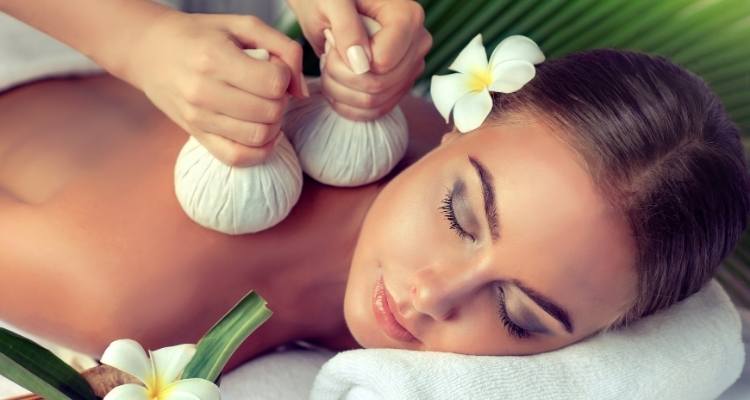Thai massage is one the world’s oldest therapeutic medical traditions, but in the Western world it is little known and less appreciated. This article introduces and explains the basics of Thai massage, and outlines the features that separate it from other common forms of massage. As will be seen, Thai massage is a valuable sub-discipline of the art of massage – and one that deserves to be more popular in Western society.
First of all, it is regrettably necessary to make clear that Thai massage is not associated with prostitution or ‘happy ending’ massage in any way. Thailand itself has a reputation for being a haven for the sex industry and for so-called ‘sex tourism’, but the Thai massage has no sexual component at all. Unfortunately, the association of Thai massage with such unsavory practices is a relatively common misconception. This association unfairly prejudices some people against a practice they might otherwise gain great help from.
Thai massage shares many of the benefits that are typical of other types of massage, and of massage in general. As with other forms of massage, Thai massage will aid in pain-relief and will improve your range of motion. The pain and tension that lies within most people’s muscular tissue with be relieved by massage, and a sense of well-being is often provided by a massage session.
So how does Thai massage differ from the other brands of massage therapy? There are a number of important differences. The most basic is that Thai massage is more energizing and active than forms such as Swedish massage. The recipient doesn’t just lie on a table. Instead, the therapist twists and pulls his or her client into a variety of poses and stretches. It is similar to a form of yoga where the stretches are done for you – or rather, to you.
In a typical Thai massage session, the therapist will use his or her hands, feet, and limbs to manipulate the body of the recipient. Rather than using only their arms and hands as in Swedish massage, Thai massage therapists use their entire bodies to move their clients into stretches. The stretches and poses are excellent for increasing your range of motion and flexibility. In addition to stretching, deep pressure is applied. Another difference from normal massage is that the receiver remains fully clothed, usually in comfortable, loose clothing. Sometimes the therapist or the facility will provide a loose Thai robe to be worn. Thai massage is generally performed with the client lying on a mat on the floor.
As is obvious from the name, Thai massage originates from Thailand. Its origins are thought to stretch back 2500 years. Thai massage is, roughly, a synthesis of Buddhist theories, Ayurvedic Yoga, and traditional Chinese medicine. In the traditional understanding, Thai massage is said to aid in the flow of chi, or energy, through what are called ‘Sen lines’, which are pathways or channels through the body. Under this conception, Thai massage treats the soul or spirit as well as the body. While the religious and spiritual component is important to Thai massage, such aspects do not have to be accepted for Thai massage to be considered worthwhile. Even by the standards of Western science and medicine, Thai massage is beneficial and promotes good health.
It should be clear that Thai massage is not intended to be the passive, purely soothing experience that is often associated with massage. If you are interested simply in relaxing, then choose another type of massage. As seen by the emphasis on the flow of energy in the body, Thai massage should invigorate and energize the recipient. The intensity of Thai massage also adds to its therapeutic benefits. It works on a deep-tissue level, thereby better relieving pain and tension.
However, Thai massage can also hurt. The poses may push your body to its limits, and intense deep-pressure can be quite painful. This isn’t a bad thing – the pain of Thai massage should be the ‘good’ pain that leaves you feeling better overall. Some people who find a session of Thai massage to be unpleasant in comparison to other sorts of massage will nonetheless prefer Thai massage for its superior therapeutic benefits. Don’t be surprised if a painful or uncomfortable Thai massage results in you feeling better for days or weeks afterwards.
Whether or not Thai massage is right for you depends on what you are looking for in a massage. If you want to solely be pampered, relaxed, and calmed, then Thai massage is probably not the right choice. Thai massage is as much energizing and stimulating as it is relaxing. If, however, you are interested in an intense program of massage and stretching that will provide significant therapeutic benefits, give Thai massage a try.

